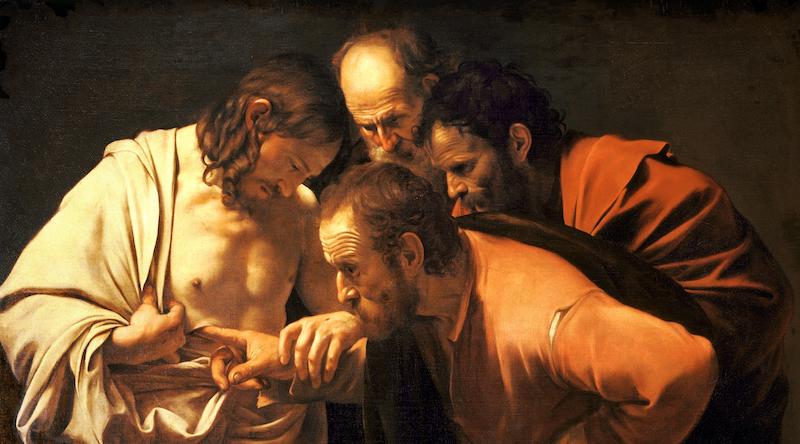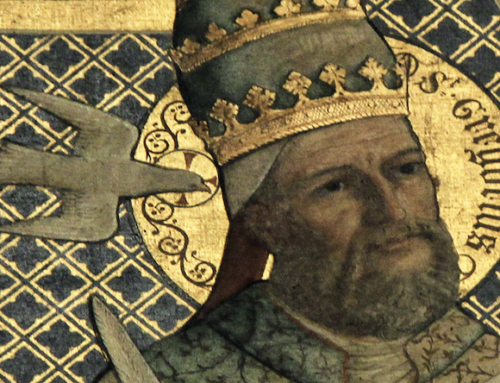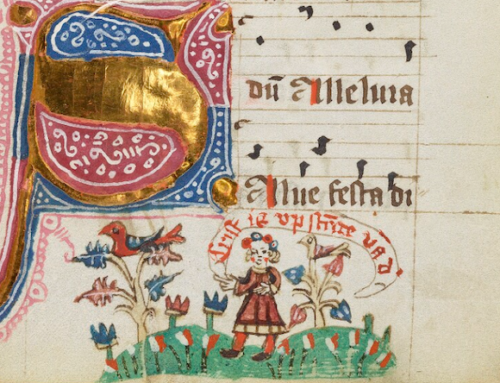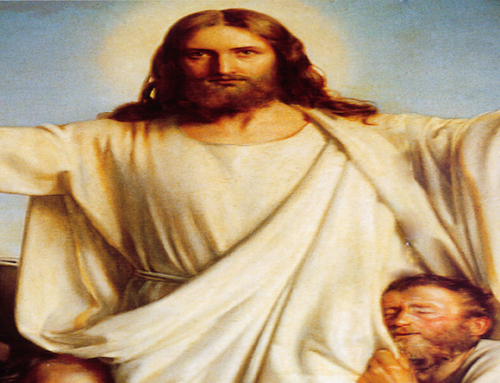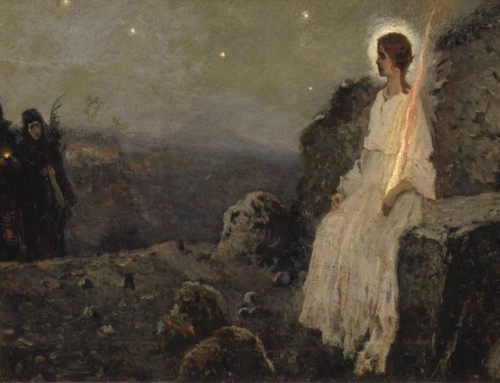Wouldn’t it be great if Jesus came and stood in our midst? Wouldn’t it be incredible if he showed us his resurrected body with its nail marks and pierced side? He did that for the Apostles; why not for us? Thoughts like these can be tempting during the Easter season. We hear various Gospel accounts of Jesus appearing to his disciples after his resurrection, often in miraculous ways, such as passing through locked doors (John 20:26-29). We might think that, if he did something like that for us today, it would take away any problem we have believing in him, trusting in him. If we could see him, we’d have complete faith in him.
But faith doesn’t work like that. The scribes and the Pharisees saw Jesus perform miracles, and they didn’t believe in him. They saw Jesus raise a man from the dead, and their response was to put him to death (John 11:38-53). The crowds were miraculously fed by Jesus and wanted to make him their king (John 6:1-15). Yet, in the end, they shouted out: “Crucify him!” The Apostles too saw countless miracles by Jesus, and almost all of them abandoned or betrayed him. Even after the Resurrection, when they saw him in the upper room, they reacted not with joyful consolation but with terror; they thought they were seeing a ghost (Luke 24:36-40).
There’s a lesson here: miraculous signs and wonders—as incredible as they are—don’t cause belief in Jesus. Only the gift of faith does. Even the apostles needed Jesus to touch their hearts and open their eyes in order to recognize him. They needed the gift of faith to believe in Jesus.
If even the Apostles needed the gift of faith, how much more do we need it today? And the good news is this: we have already been given faith. By our baptism, we have been given the life of sanctifying grace, and with that life comes the gift of faith so that we can believe in Jesus and accept what he teaches us.
By this faith we in turn recognize the many ways in which Jesus really is present among us. We come to know him in the Scriptures. We learn from him in the teachings of his body, the Church. We converse with him in prayer.
Most especially, we recognize his presence in the Eucharist. In the Most Blessed Sacrament, he is present now in an even more wonderful way than when he appeared to the Apostles and showed them his wounds. When we receive Holy Communion, Jesus enters our bodies sacramentally, and enters our souls by his grace. He feeds us in an even more wondrous way than when he fed the crowds. He gives us his very self and fills us with his life.
Even those who were given the gift of sight—the Apostles and the first disciples, who saw Jesus with their eyes—still needed the more important gift of faith. Jesus is still among us, and it is with the eyes of faith that we are able to recognize him. So allow him to stand in the upper room of your mind and fill it with his light. Let him enter the chamber of your heart and fill it with his love. Then we can pray together in the words of the Angelic Doctor:
I am not like Thomas, wounds I cannot see,
But I plainly call thee, Lord and God as he;
This faith each day deeper be my holding of,
Daily make me harder hope and dearer love.(Thomas Aquinas, “Adoro Te Devote,” verse four, translated by Gerard Manley Hopkins)
✠
Image: Caravaggio, The Incredulity of Saint Thomas.

